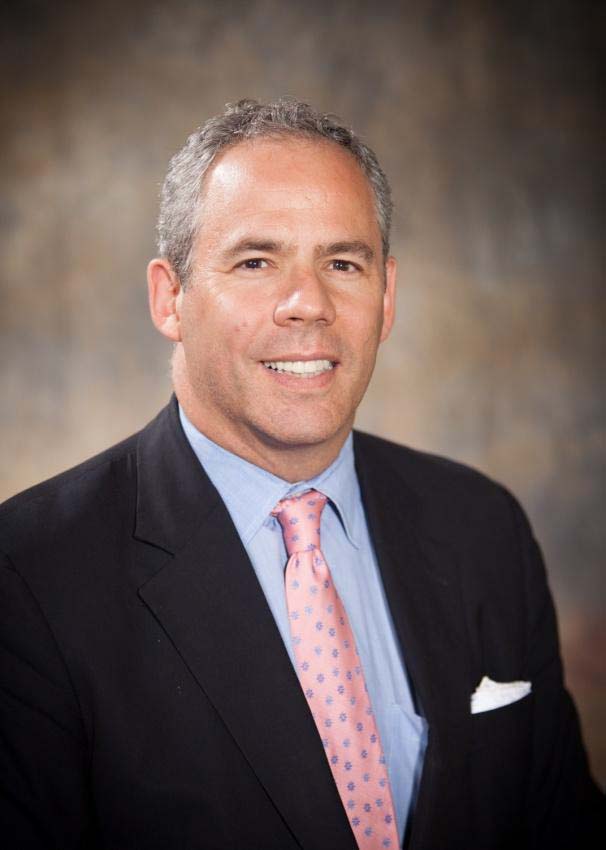
Arnim S. Holzer is Global Macro Strategist, Client Portfolio Manager and Founder of the EAB Correlation Defense Index at EAB Investment Group.
With over 30 years of global macro and multi-asset experience, Mr. Holzer’s investment philosophy is a unique blend of fundamental, technical and quantitative disciplines honed over the years of working with many of the top firms and investors in each of these disciplines.
His particular macro skill is understanding the relationships of correlation and volatility in the optimization of portfolio construction and return generation. Mr. Holzer received an undergraduate economics degree from Princeton University and his MBA in finance from Fordham University.
In this 4,093 word interview, exclusively in the Wall Street Transcript, Mr. Holzer reveals the portfolio management insights he has gained in over 30 years of investing.
“While equities have an upward skew over time, there is a tendency for equity markets to have unanticipated sharp declines on a sporadic basis. As a result, there can be a tendency for equity investors to over-invest close to the end of a bull market and then get severely penalized for drawdowns.
What we have found over time is that there’s a fair amount of inefficiency in the options markets around some of these assumptions that skew, and volatility doesn’t always correctly price in those realities.
Investors that take a disciplined systematic approach to managing their signatures, their returns signature, can actually over time generate better Sharpe ratios than the underlying equity market itself.”
This portfolio management technique has proven itself over time:
“The second point is that we try to make the investor’s ability to stay with their asset allocation stronger. We come out of a school of thought that investors behave emotionally.
The professionals here are all 25- and 30-year market professionals, and we lived through 1987, we lived through the 2008 market crash, the Lehman crisis, the Great Recession.
What we looked at is what really happened to investors during those periods of time. When you look at passive investment strategies, they always test well because they assume that investors hold, that they buy low and sell high.
But what we know behaviorally is, in fact, and if you look at the Dalbar studies — there’s some controversy around those, but even adjusted studies show that investors have a tendency, when the markets get into that 5% drop territory, investors have a tendency to start selling.
So they sell low, and they buy high. That is a problem with passive investing that the studies never take into account.
Our structure, on the contrary, basically has sold the market in that 2% to 7% area. So we’re collecting profits. We’re collecting offset when the market goes down between 2% and 7%, and we over-defend to 150% of the fund’s exposure. So 1.5 times our notional is what we’re defending in that range.”
Get the complete picture of this return winning portfolio management system by reading the entire 4,093 word interview, exclusively in the Wall Street Transcript.
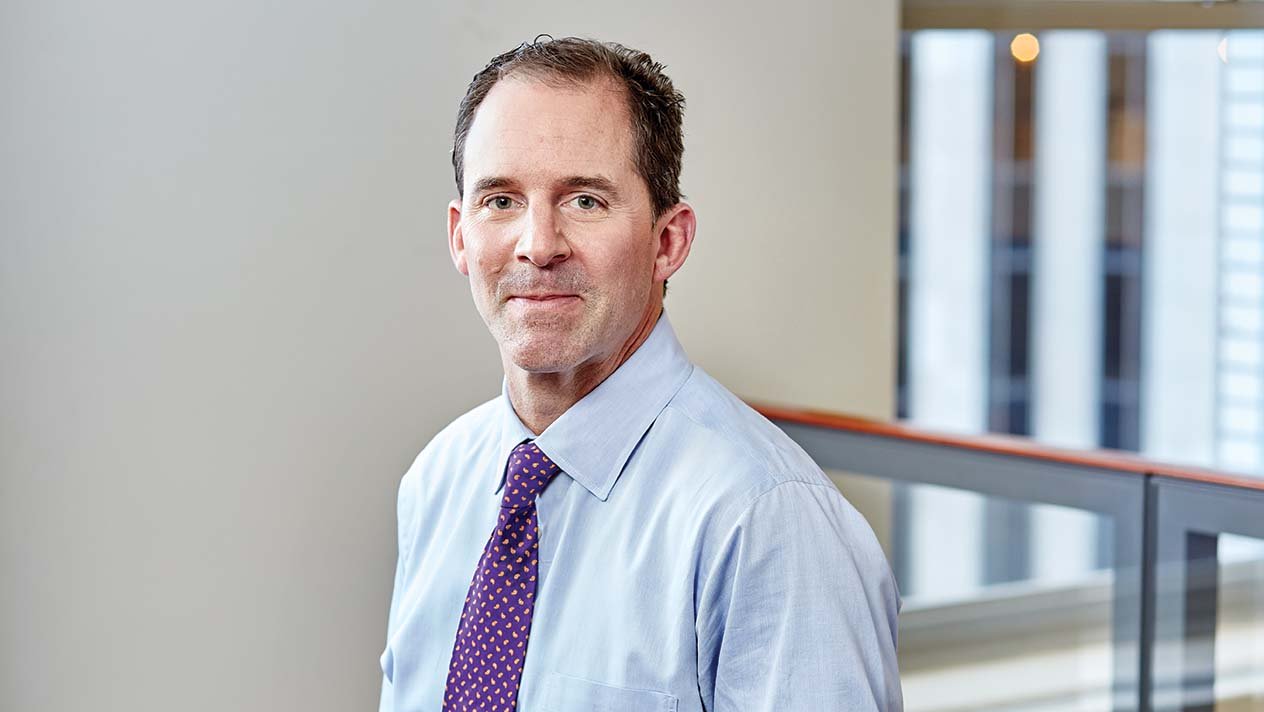
Brendan J. Hartman is a Portfolio Manager at Royce & Associates, LP. Prior to joining Royce & Associates, Mr. Hartman co-founded and managed a hedge fund for Rebus Partners.
Prior to that, he was employed by Cramer Rosenthal McGlynn, LLC from 2001 to 2008 and served as Co-Manager for the Mid Cap, Smid Cap, 130/30 Fund and CRM Partners LP funds.
In this 3,114 word interview, exclusively in the Wall Street Transcript, Mr. Hartman describes his firm’s investing philosophy as well as several specific stock picks for investors.
“My partner Jim Stoeffel and I co-manage the microcap fund. We have two funds — an open-end and a closed-end microcap fund — but beyond that, microcaps are spread throughout the small-cap funds.
For instance, that Pennsylvania Mutual Fund that John referenced, there’s a fair amount of microcap stocks in that.
We define microcap as sub-$1 billion market cap. And it’s an interesting asset class because, as the amount of sellside analysts on Wall Street continues to shrink, there are fewer and fewer analysts covering these stocks or writing research on and publishing earnings estimates.
So the market, I think, becomes less efficient, which we like because we’re trying to find mispriced stocks and improving fundamentals that the market is not paying attention to or hasn’t caught on to yet.
As far as our investment philosophy, ideally, we’re looking for a good business defined by a high return on capital or a high operating margin with some sort of a competitive moat or a competitive differentiator that’s going to allow them to sustain those higher returns.
And then, we’re looking for a management team who can reinvest the free cash flow that they generate and maintain that return and grow the business. That’s ultimately a home run for us.”
One of the many examples detailed in the interview excites Mr. Hartman’s investing passion:
“Sure, I’ll give you a different company but also something that we think is quite attractive. It’s a steel company called Universal Stainless & Alloy Products (NASDAQ:USAP), and what these guys do is primarily nickel-based alloys.
They’re used in higher-end applications like aerospace and defense, some smaller industrial gas turbine applications, some chemical plant applications.
And it’s not traditional carbon steel; it’s much higher-end nickel-based alloys used in corrosive environments, high-temperature and high-stress environments.
Here, the investment case is it’s just extremely cheap. It’s trading at about 50% of tangible book value. They’ve struggled a bit with the downturn in oil and gas and the downturn in large industrial gas turbines, but their business is 65% aerospace, and that continues to grow.”
Get the rest of the detail on this and many other microcap investing ideas, exclusively in this 3,114 word interview, only in the Wall Streeet Transcript.
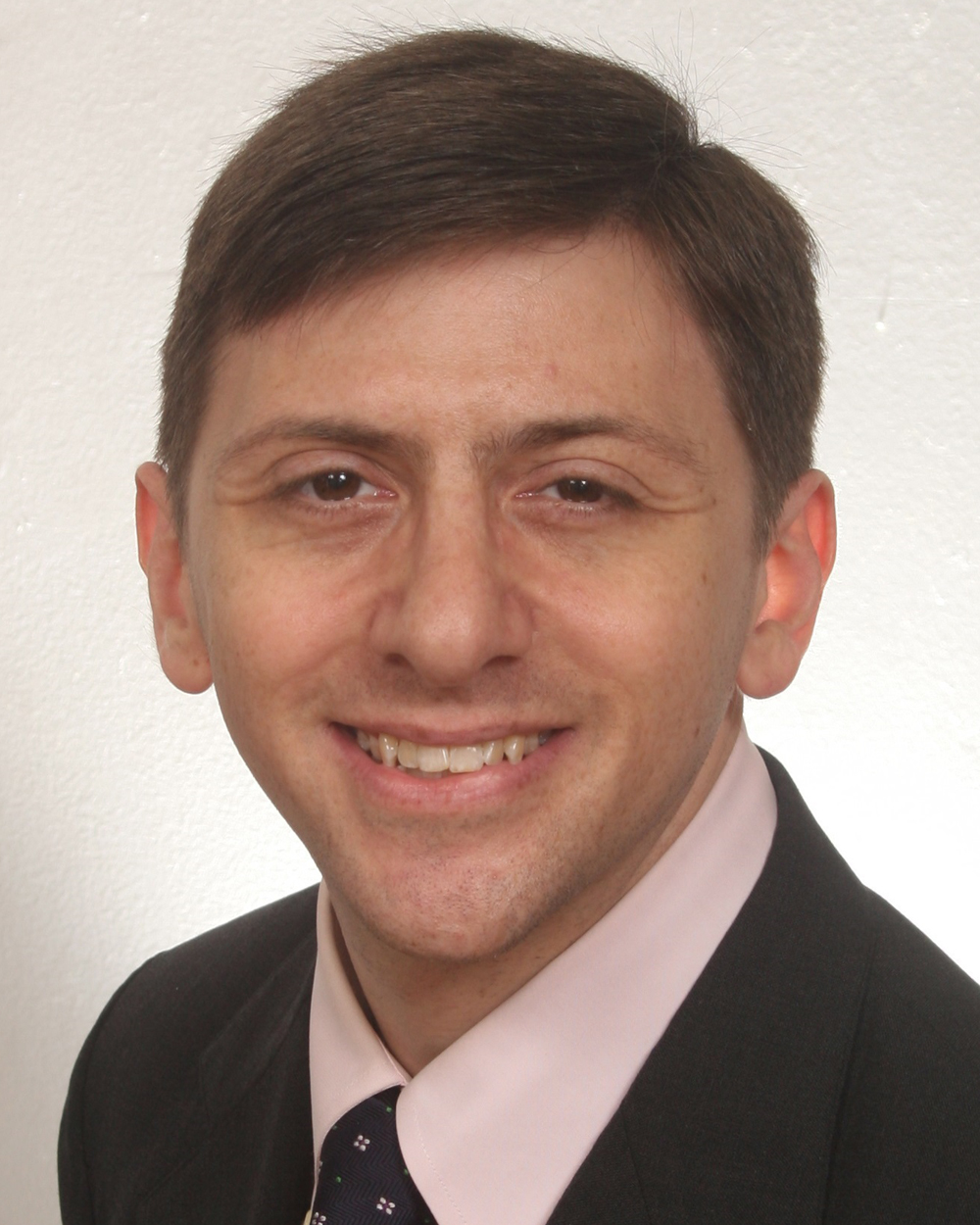
Jason Benowitz, CFA, joined Roosevelt Investments in 2009 as a Securities Analyst, was promoted to Portfolio Manager in 2011 and to Senior Portfolio Manager in 2013.
Prior to Roosevelt, Mr. Benowitz was a principal at Druker Capital, a long/short hedge fund manager, and a vice president in the U.S. Equity Research Group at Morgan Stanley Investment Management.
He was also an investment banking analyst at Merrill Lynch.
Mr. Benowitz received a B.A. in computer science from Harvard University and an MBA in finance and accounting from The Wharton School at the University of Pennsylvania, where he was a Palmer Scholar.
In this 3,877 word interview, exclusively in the Wall Street Transcript, Mr. Benowitz details his investing philosophy which has generated some top performing stocks for his investors.
“At Roosevelt, our investment philosophy puts capital preservation first. Our clients come to us with substantial wealth, and our job is to keep it that way. If we can outperform in bear markets and at least keep pace with rising markets, then we will outperform over a full market cycle with less volatility.”
One example of this type of investing has Mr. Benowitz pounding the table:
“Within the 5G theme, one stock we like is Keysight (NYSE:KEYS). It has a $20 billion market capitalization. Keysight is a leading test and measurement company in the communications market. It was a spinoff of Agilent (NYSE:A), which itself was a spinoff of Hewlett-Packard (NYSE:HPE).
Since becoming an independent company about five years ago, Keysight has increased its investment in both research and development and front-line sales staff.
It reorganized by end market instead of by product and evolved from selling discrete testing units to integrated solutions that incorporate hardware, software and services. We expect the company to reap the fruits of these investments in the coming years.
Most notably, we expect the global rollout of the 5G communication standard will drive outsized growth at Keysight from testing equipment and services across handset components, cellular base stations and telecom networks.”
To get the rest of this top portfolio picks read the entire 3,877 word interview, only in the Wall Street Transcript.
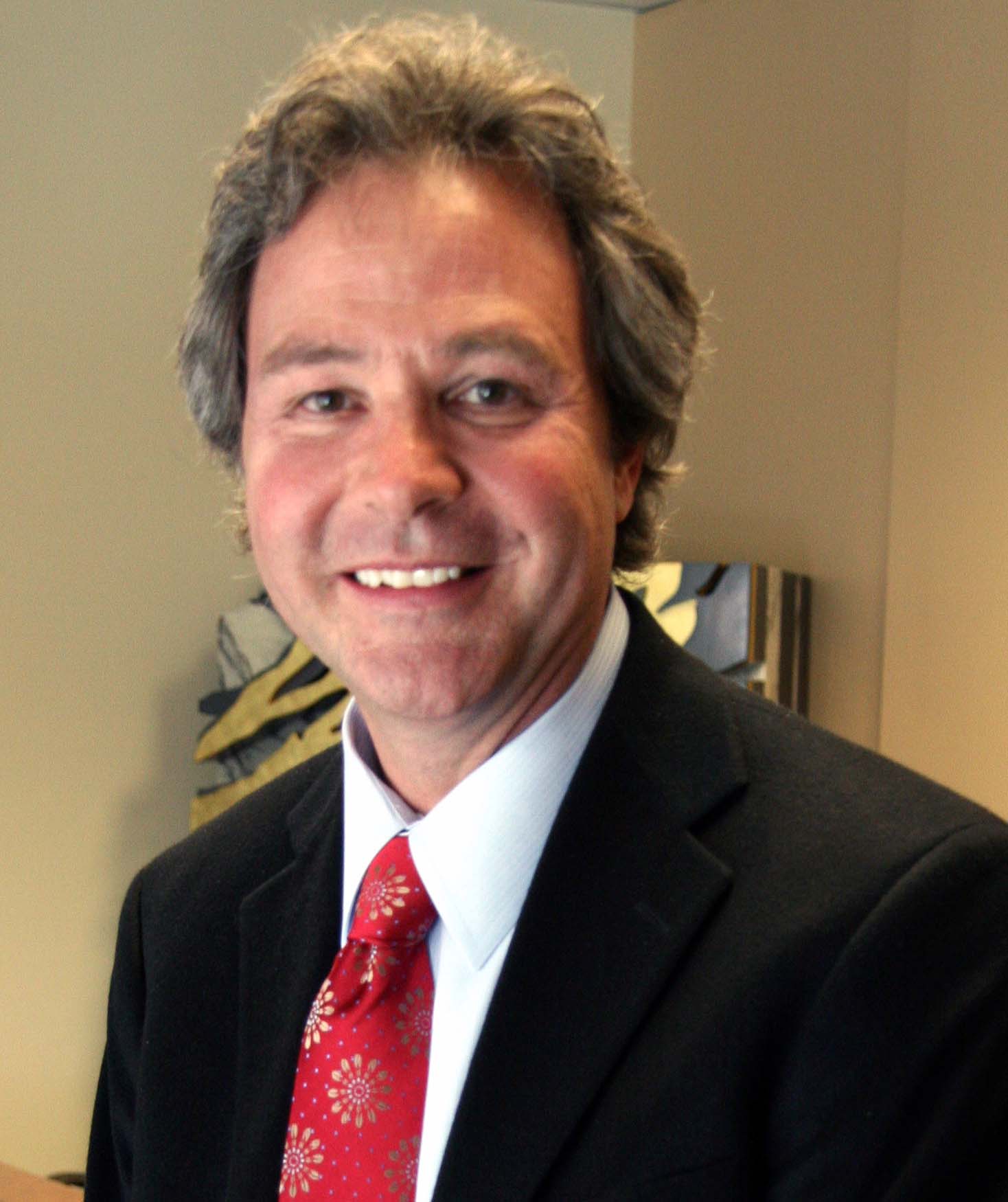
Christopher E. Herald is CEO, President and Director of Solitario Zinc Corp. Mr. Herald has over 40 years of experience in the mining industry.
He was responsible for the formation of Solitario in 1992 and has directed the company since then. He was instrumental in discovering the 1.5 million-ounce high-grade Buckhorn Mountain Gold deposit and its subsequent sale to Kinross Gold for approximately $240 million in 2006.
In his exclusive 2,623 word interview, only in the Wall Street Transcript, this seasoned mining industry veteran discusses the development of his company for investors.
“Solitario has made a lot of progress in the last 12 months. I think by far the most important is the work that our partner Nexa Resources has done on our Florida Canyon zinc project in Peru. There, we’ve just completed a 17,000-meter drilling program, the largest drilling program in the history of the project.”
“One of the potential new major uses of zinc could be what’s called zinc-air batteries. Everybody’s going to battery storage, cars, in just about anything you see, people are trying to equip machinery with battery power.
Now, zinc isn’t a light metal compared to lithium. It’s not going to replace lithium in terms of car batteries, but what zinc-air batteries can do, they can store large amounts of electricity — for instance, for power plants such as for solar and wind generation.”
“I’m not concerned about the projects themselves; they’re very solid. They’re two of the three highest-grade zinc deposits held by juniors in the world.
Both Florida Canyon and Lik are 12%-plus deposits in terms of zinc grade, where the average zinc mine in the world today produces at an average grade of maybe 5% zinc, at most. And our two projects are 2.5 times that grade, so the projects don’t have a lot of risks to them.”
Get the complete 2,623 word interview, only in the Wall Street Transcript.

Stefan Ioannou, Ph.D., is Analyst of Cormark Securities Inc. Dr. Ioannou is a mining engineer and holds a Ph.D. in economic geology from the University of Toronto.
He joined Cormark in December 2016, working in equity research for 13 years with Haywood Securities — base metals analyst since 2006. Prior to that, Dr. Ioannou worked as an exploration geologist in Nevada and throughout the Canadian Shield.
In this exclusive 2,882 word interview with the Wall Street Transcript, Dr. Ioannou reveals his insight into near term metal prices.
“One of the things that we’re hearing a lot more about is electric vehicles and what they mean for metal consumption in general, and obviously for copper.
When you think of copper, you should think of electrification. And so that obviously fits right into the electric vehicle narrative. Copper consumption, as it pertains to EVs, is definitely a new emerging demand.
But to put it in perspective, the numbers that are out there right now suggest that incremental EV-related copper demand over time is going to be on the order of about 2 million to 3 million tons per annum.
Current global copper consumption is around 23 million tons per annum, so incremental EV usage stands to boost overall demand by about 10%.”
Some top stocks will benefit from this economic trend:
“One name that comes to mind is Trilogy Metals. They have a project in Alaska called Arctic, which is an advanced-stage project, very high grade.
It will produce copper, zinc and lead, as well as precious metals. A key thing here is that the project is relatively remote, so it will require about a 340-kilometer-long road to access it.
Work with the government is already well-underway to get that road permitted, and we should be seeing a sightline to those permits by early next year. Once in hand, it’ll be a significant catalyst for the project going forward.”
Get the complete recommendation list in this exclusive 2,882 word interview, only in the Wall Street Transcript.

Michael Curran is a Managing Director with Beacon Securities, where he has been a Mining Research Analyst for over five years. Prior to joining Beacon, he held similar roles over his 24-year career with RBC, CIBC, Merrill Lynch Canada and Midland Walwyn.
Mr. Curran is a geologist, having graduated with a B.S. in geology and chemistry from Carleton University in Ottawa and an M.S. in mineral exploration from the Royal School of Mines in London, U.K.
In this 2,803 word article, exclusive to the Wall Street Transcript, Mr. Curran reveals the best precious metal investment choices for 2020 and beyond.
“We still think we’re in a fundamentally positive situation for gold. We think even if you look at any of the technical analysis, it will tell you there’s still some strong support and that we could see gold back at $1,600 or $1,700 an ounce. So we’re definitely positive in terms of the general trend for gold.
We are looking for higher prices in 2020. ”
“…One would be Velocity Minerals (CVE:VLC). That’s an explorer/developer in Bulgaria in Europe. They have one deposit, Rozino, where a preliminary economic study has already shown a robust project.
They have several other exploration projects in Bulgaria.
And I think the real key for Velocity being successful transitioning from an explorer to a producer is that their projects are all joint ventures with a local Bulgarian mining company that has an existing processing plant.
So it’s a lot easier in terms of permitting and in terms of the capital requirements to become a producer. So that’s one of our favorite names.”
Another recommendation is in an unlikely geography:
“…A third exploration early-stage company we like is called Japan Gold (CVE:JG). And obviously, from the name, they’re in Japan. We find this a very interesting situation.
We’ve never heard of any North American explorers active in Japan. And the laws just changed a few years ago allowing foreign mining companies to have exploration licenses in Japan.
It seems most of the gold mines in Japan were closed in the Second World War. Most of them have not reopened since the 1940s.
This is an area of the world where you have high-grade gold and silver veins.”
Get the full scoop on this and many other recommendations in the complete 2,803 word article, exclusively found in the Wall Street Transcript.
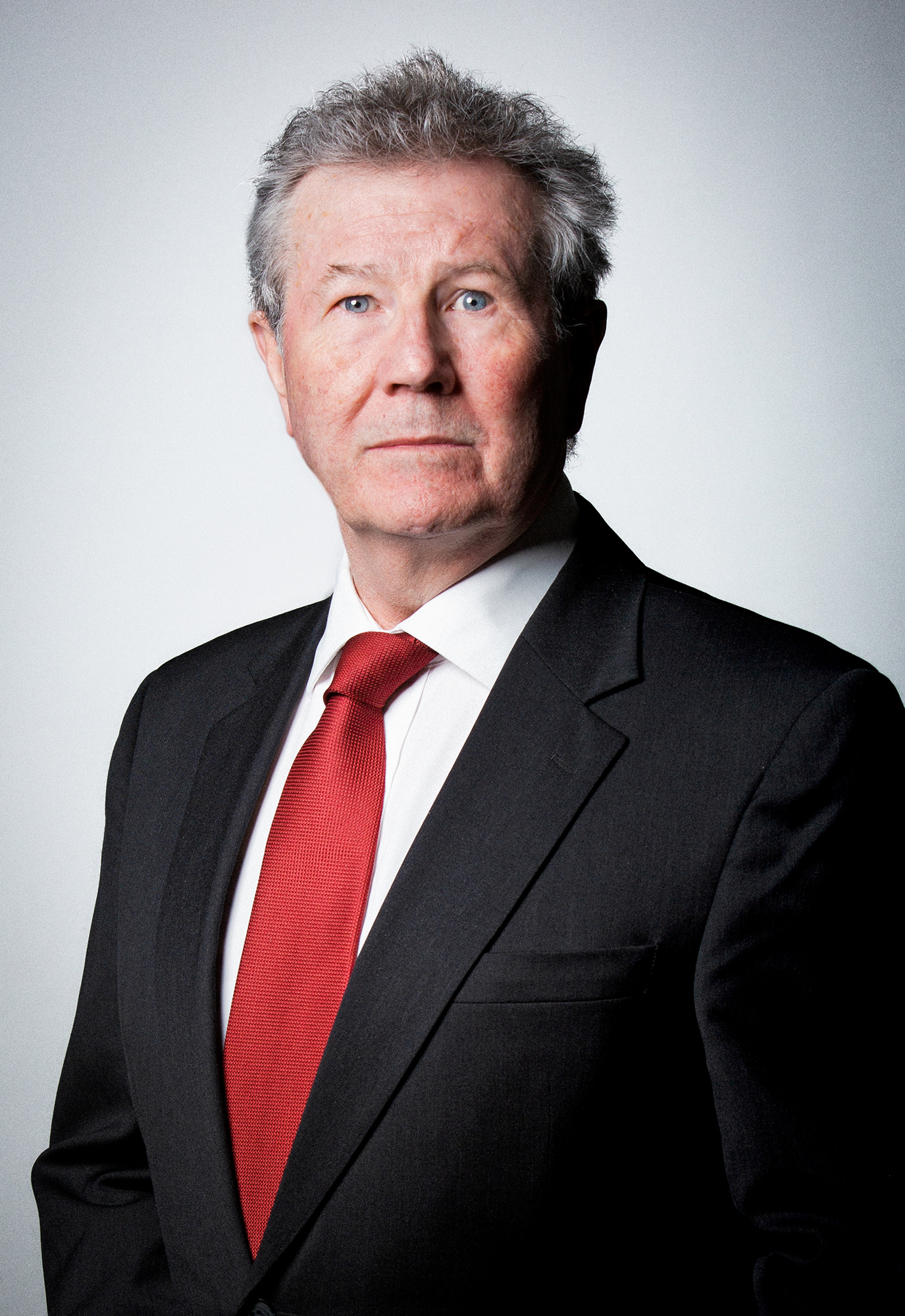
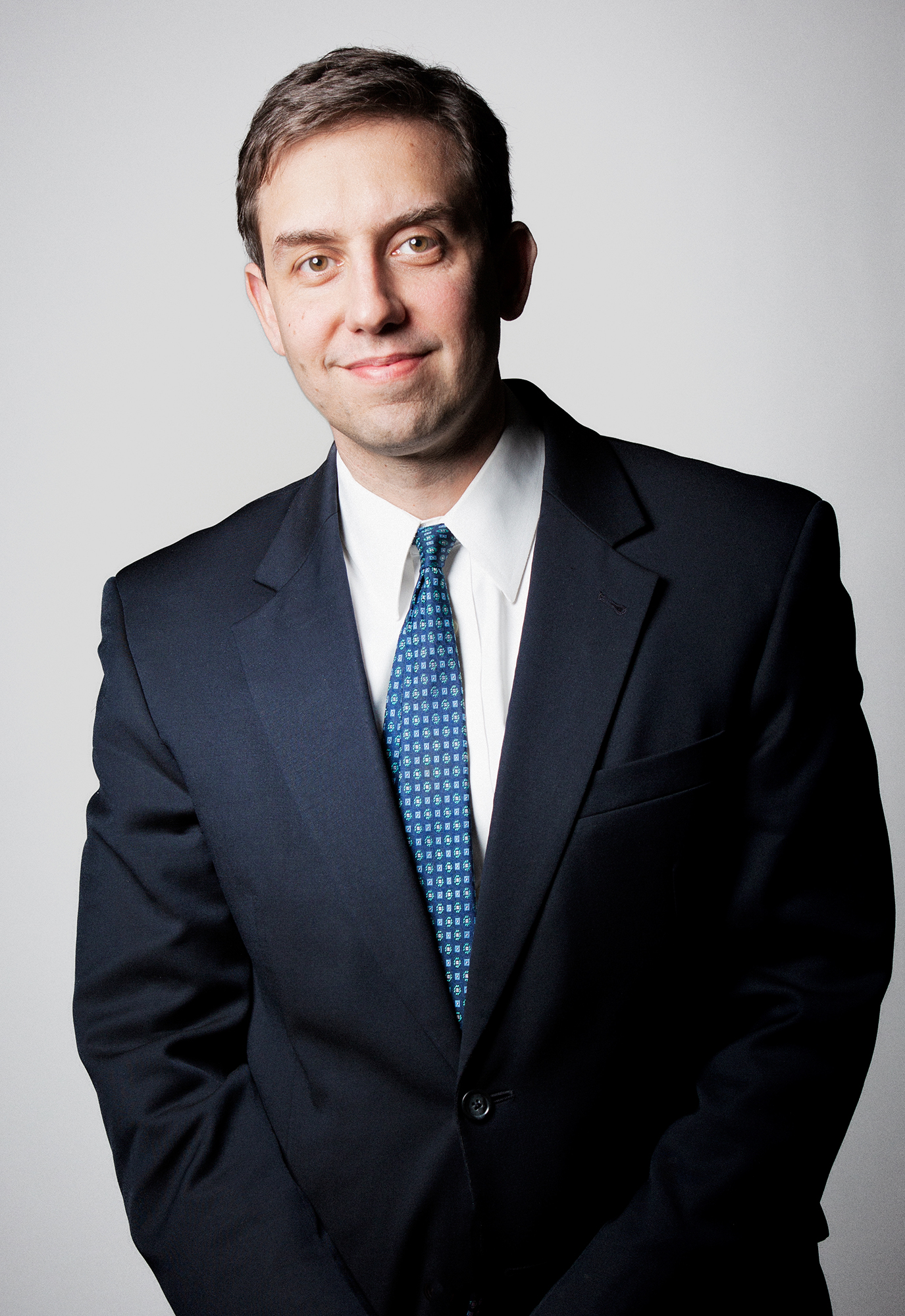
Caesar M.P. Bryan joined Gabelli Funds, Inc. in 1994 as the Portfolio Manager of the Gabelli Gold Fund. He has also managed the GAMCO International Growth Fund since its inception in June 1995. Prior to joining Gabelli Funds, Mr. Bryan was a portfolio manager at Lexington Management. At Lexington, he was responsible for managing the Lexington Gold Fund and international equity portfolios. Mr. Bryan started his career at Samuel Montagu, a London-based Merchant Bank in 1979.
Chris Mancini, CFA, is a Research Analyst at Gabelli Funds, Inc. specializing in precious metals mining companies. He has over 18 years of investment management experience and has worked directly on the gold equity portfolios at Gabelli for the past eight years.
In this 2,606 word interview, exclusive to the Wall Street Transcript, these widely reknown portfolio managers reveal the background to their current top portfolio holdings.
“We are global investors. This is an all-cap strategy.
There are very few large-cap stocks; there are many mid- and small-cap stocks. So we invest across the capitalization spectrum. We like to pay close attention to the quality of a company’s operations, mines and other assets.
Valuation is an important part of our investment methodology. We do apply a variety of different valuation metrics in our stock-selection process.
Since it’s a mid- to small-cap sector with a few exceptions, and it’s a difficult and hard industry, we do maintain close contact with managements of the current fund investments and also with potential investments. So we visit with management teams on a very regular basis.
Just to summarize, we are long-term investors…In terms of geographic breakdown, about 74% in North America, South Africa is about 2.7%, U.K. 5.4% and Australia 17.8%.”
One aspect of their mining investments is their social standing with the local workforce:
“Also, relative to its physical location, we want to see how close the population source is and what the company’s relationship is with the population source and whether that could be an issue at some point in the future and whether it could be a benefit or a disadvantage.
That means if it’s a mine that’s near a mining town, an established mining town like Val-d’Or, Quebec, or Elko, Nevada, that’s obviously a positive thing.
If it’s in a new place, like in the Democratic Republic of the Congo, and the company had to move artisanal miners from the mine site, that might be a source of friction for the company. We have to understand what the company’s social license is in that context.
The other thing we look for relative to the actual operation is its safety culture.”
One example of a successful company in the portfolio is detailed by the two asset managers:
“One of our strongest conviction names is Newmont (NYSE:NEM), which we think is really a turnaround story. Newmont acquired Goldcorp.
The deal was consummated in April of this year. Goldcorp’s assets were underperforming because we think that they were undermanaged and undercapitalized.
Newmont has a very good, proven management team, which employed a program called “Full Potential” at all of its mines from 2013 to even now; it’s ongoing.
During this time, the company brought down its all-in sustaining costs from around $1,200 an ounce to around $900 an ounce. They did this through maximizing…”
Get the full story on all the top portfolio picks from this 2,606 word interview, exclusive to the Wall Street Transcript.
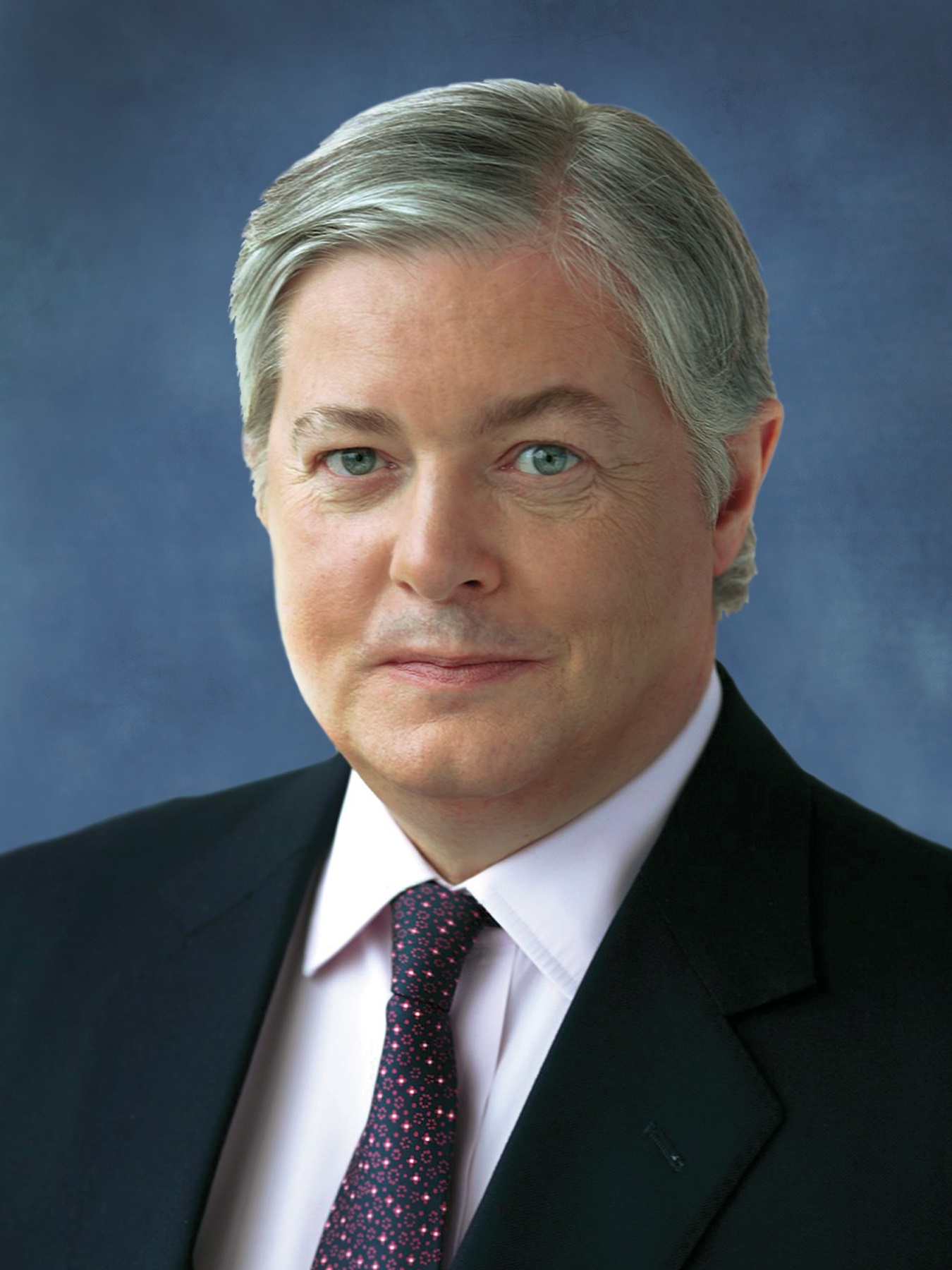
James Morton is Chief Investment Officer and a Portfolio Manager at Santa Lucia Asset Management Ltd. He has extensive expertise in recovering and small-cap companies as well as emerging markets.
Mr. Morton’s career in the investment industry began in 1985, and he was a subadviser to Mackenzie Cundill between 1996 and 2018. He is an accomplished author, editor and investment columnist.
Mr. Morton holds a degree in law from Trinity Hall, Cambridge University and an M.A. in third-world economics as well as an MBA from Stanford University.
In this exclusive 4,817 word interview in the Wall Street Transcript, Mr. Morton reveals many hidden investment gems and the rationale behind their position in his portfolio.
“We’re in the Thucydides trap, so it’s not just about trade; it’s about a whole relative shift in economic performance and global power.
In that context, I think whatever the day-to-day narrative and whatever the news flow is, you have to look at the broader longer-term picture and position your portfolio in a relatively defensive way.
We’ve identified four themes where we can find value around Asia with income as well, and also, there are winners in this environment, although probably more losers. Obviously, the first is yield.
We can still find plenty of good-quality companies yielding over 6%. Even if U.S. interest rates are ticking up a bit now, that’s still a heck of a gap over government bonds, which are coming down still in most countries here in Asia, coming down in India, Indonesia, Thailand, for example, and the Philippines.
So the spread to government bonds is widening, and we now find a number of companies that have a higher equity yield than bond yield.”
One example is an Asian based equity play:
“They’ve won a recent deal in Abu Dhabi, where they were preferred to National Oilwell Velcro (NYSE:NOV), and this is a sort of game changer really because this was won not on price but on product quality.
For years, Hilong has been the number two, and now, according to someone who uses a lot of pipe, at least is on par in quality to the world number one. So that’s the good news there.
The second operation is onshore drilling rigs and related services. Now, this is a capital-consumptive business. You have to spend the money and make an upfront investment and only then get your stream of cash earnings in the future.
Hilong has built up an attractive global footprint. Interestingly, they don’t do any work in China itself because they haven’t found the business terms sufficiently attractive, but they are in many countries around the world.
Over the last five years, they built up their drilling rig fleet from six to 24…”
Get the rest of the detail on this and many other investment gems in the 4,817 word interview with Mr. Morton, only in the Wall Street Transcript.
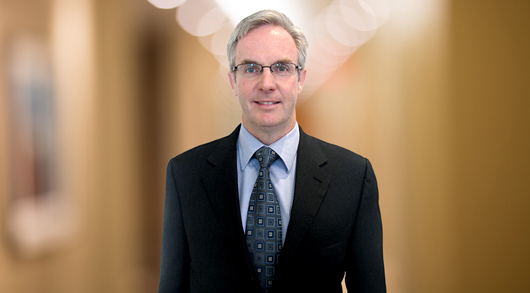
Stephen Bonnyman, MBA, CFA, is Co-Head, North American Equity Research and Portfolio Manager of AGF Management Limited’s Canadian and global resources portfolios.
Working closely with the AGF research teams, Mr. Bonnyman focuses on identifying resource companies with solid balance sheets, advantaged cost structures, attractive valuations or unrecognized growth. Mr. Bonnyman is a member of the AGF Asset Allocation Committee — AAC — which is comprised of senior portfolio managers who are responsible for various regions and asset classes.
In this 2,879 word interview, exclusively available in the Wall Street Transcript, Mr. Bonnyman reveals his best bets for investors in real assets.
“AGF Global Real Asset Fund was constituted in the first quarter of this year looking for a solution for clients to provide an inflation hedge and a market hedge that didn’t require them to be active traders.
The real asset fund effectively is designed as a long-only public market portfolio to hedge against inflation and to be uncorrelated with the broader market.
We do that by focusing the investment universe on infrastructure, utilities, real estate, energy, materials and precious metals.
The fund has the capability of investing globally in equities, in debt, in physical precious metals, and it utilizes a derivatives overlay strategy to either enhance the yield or modify the risk characteristics of the securities within the portfolio.”
In the interview, Mr. Bonnyman reveals many of his top investment prospects:
“We have a bias toward production since, for the most part, what we’re trying to do is gain leverage to the gold price and reflect that into the portfolio. But we do own explorers.
As I had mentioned, where we see mispriced opportunities or where we see a catalyst in place, where a stock can make a material difference in its valuations over a couple of years, we will step in. In fact, one of our larger precious metals positions is a company called SilverCrest (NYSEAMERICAN:SILV) where they are approaching a production decision. It’s an extraordinary geological opportunity, and it’s been a great stock for us.”
Get the rest of Mr. Bonnyman’s exclusive 2,978 word interview, only in the Wall Street Transcript.
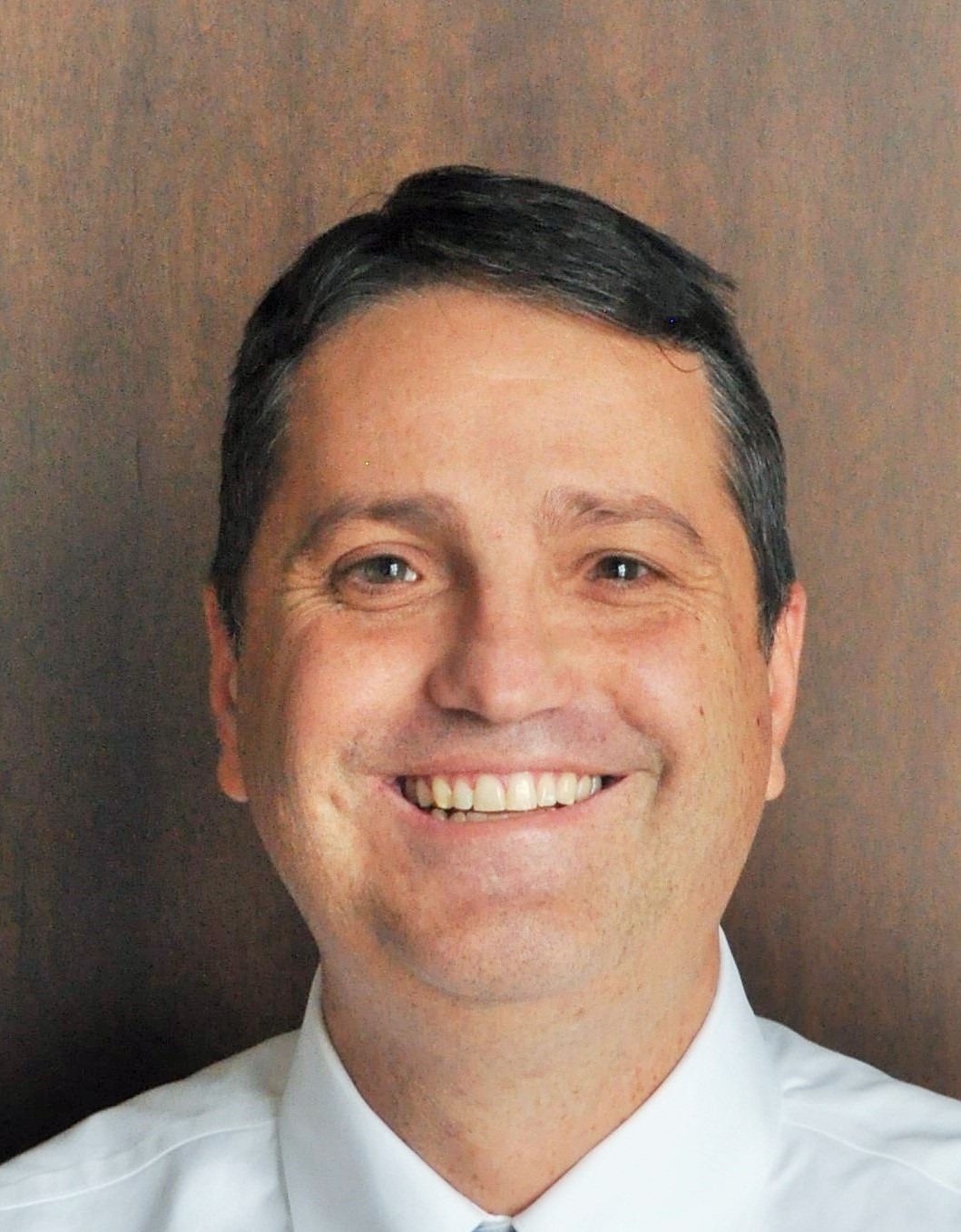
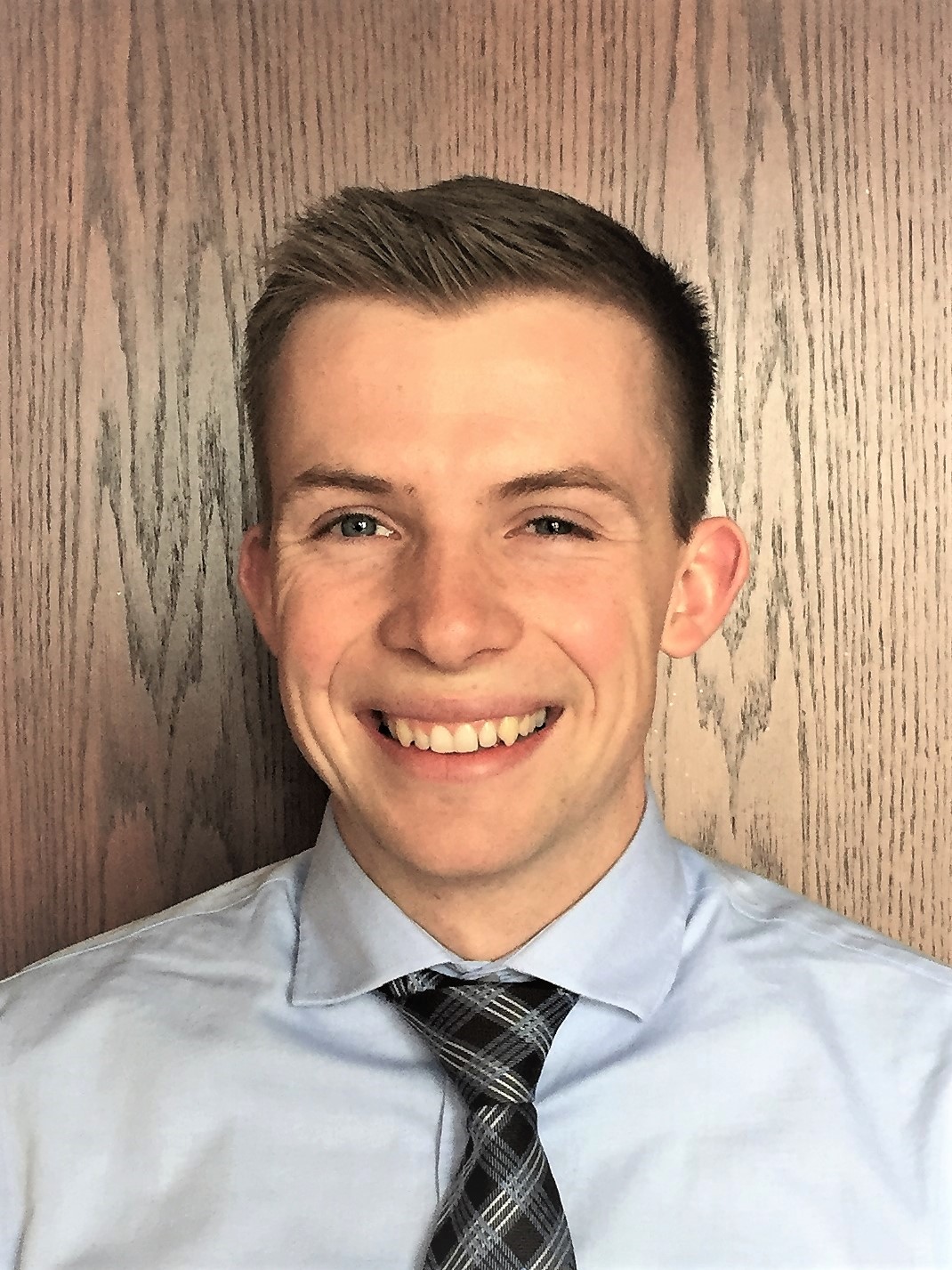
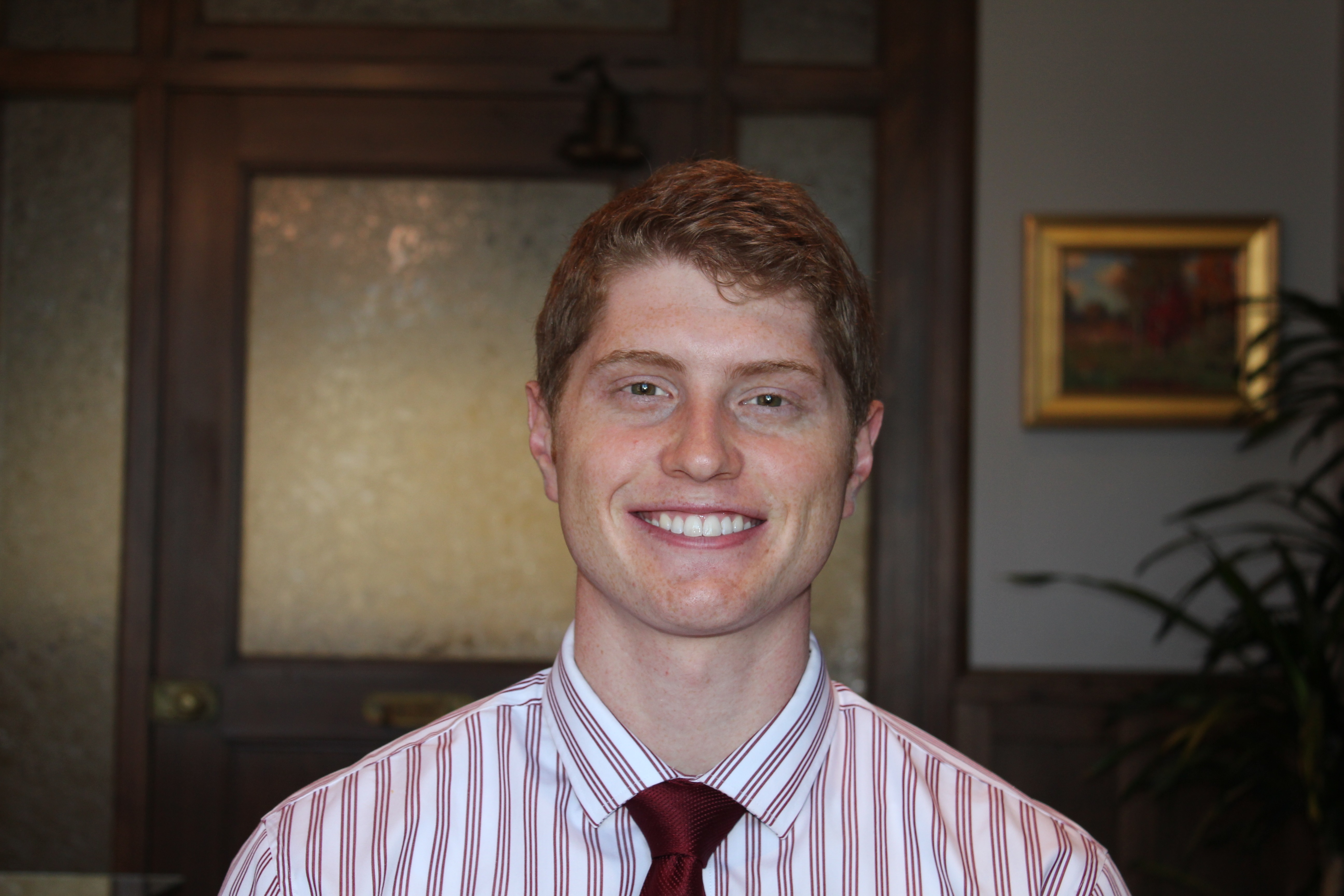
Mark Madsen, CFA, is a Portfolio Manager and Senior Research Analyst at Grandeur Peak Global Advisors. He works on the Grandeur Peak Global Reach Fund (MUTF:GPROX), Grandeur Peak International Opportunities Fund (MUTF:GPIOX) and Grandeur Peak Global Contrarian Fund (MUTF:GPGCX). He is also a senior research analyst with a specialty focus on the industrials, energy and materials sectors globally.
Keefer Babbitt, CFA, is a Portfolio Manager and Senior Research Analyst at Grandeur Peak Global Advisors. He works on the Grandeur Peak Global Contrarian Fund (MUTF:GPGCX) and the Grandeur Peak Global Reach Fund (MUTF:GPROX).
Dane Nielson is a Research Analyst at Grandeur Peak Global Advisors. Mr. Nielson is a global research analyst covering Australia, New Zealand, Canada, Latin America, the Middle East and Africa. He is also Lead Analyst on the Grandeur Peak Global Contrarian Fund (MUTF:GPGCX).
In this 3,439 word interview, exclusively provided to the Wall Street Transcript, these 3 money managers inform the investing public of their top convictions
“We try to find companies that we call best-in-class growth or undiscovered gems. As Mark was alluding to, we’re looking for companies that are small and under the radar. They’re really well-managed companies, but they’re tiny in terms of market cap.
A lot of people don’t spend a lot of time looking at them on the active side because you can’t put a ton of assets into them. And then, passive investing doesn’t really want to own these either because there’s not a lot of liquidity typically. And again, since they’re small on the microcap side, they don’t make it into the index in a meaningful way most of the time.
One name that we really like right now is called BBI Life Sciences (HKG:1035). This is what we call an undiscovered gem, best-in-class growth company. It’s a $150 million-market-cap company, and it’s a Chinese-based company. And what we’ve identified here is a play on the Chinese health care and life sciences industry.
The Chinese government is pretty set on developing their own R&D and pharmaceutical industry in China itself. And we want to participate in that, but we don’t really want to try to choose what pharma company or what drug specifically will end up becoming the big winner.
What we want to do is play that trend.”
Get the other top picks exclusively from this 3,439 word interview, only provided to the Wall Street Transcript.